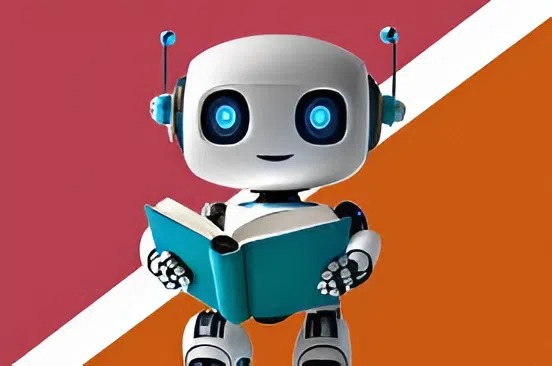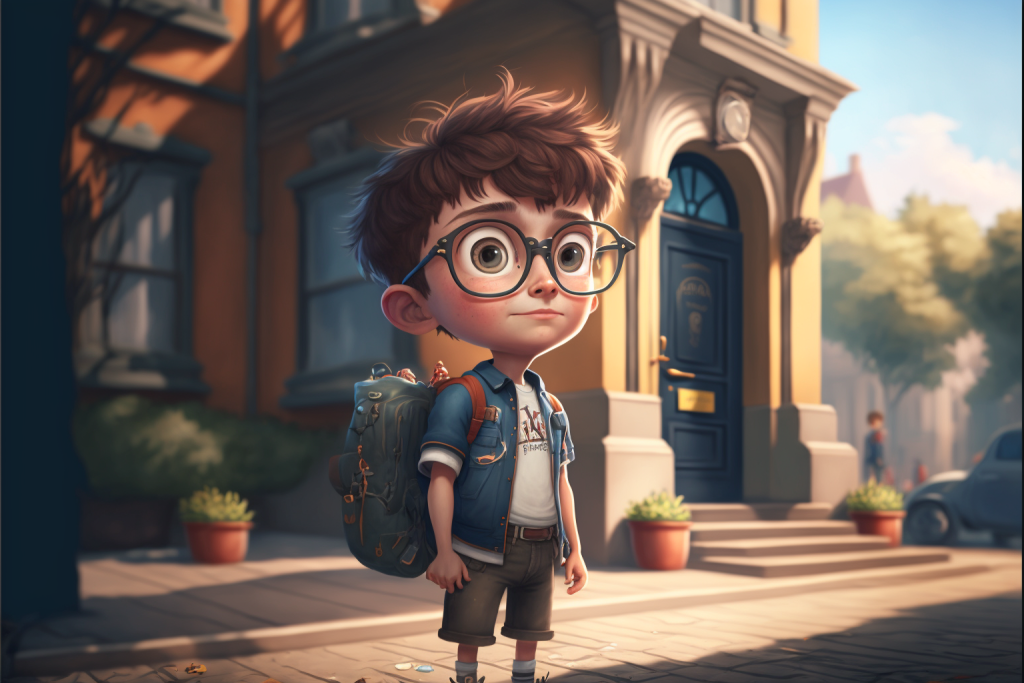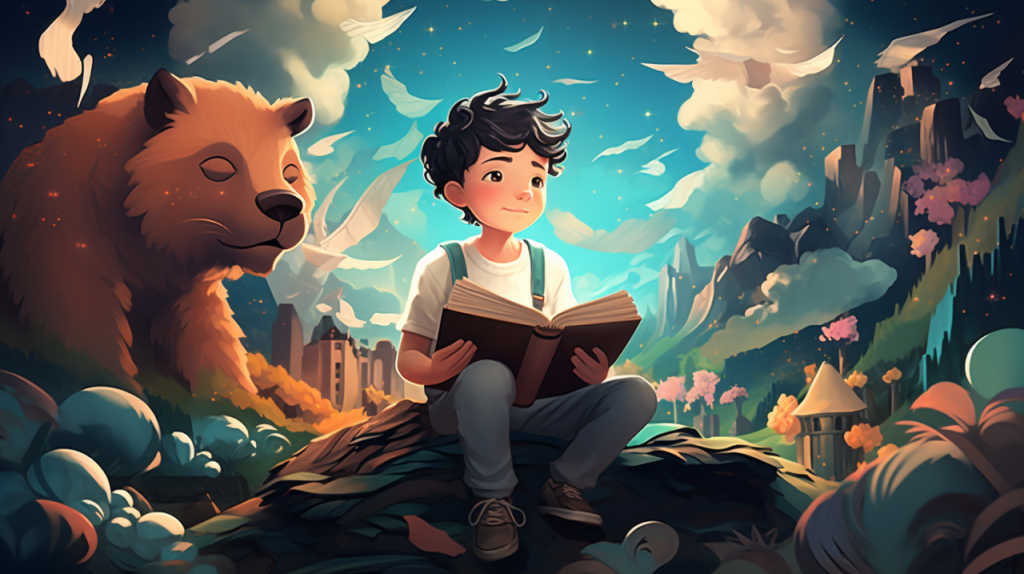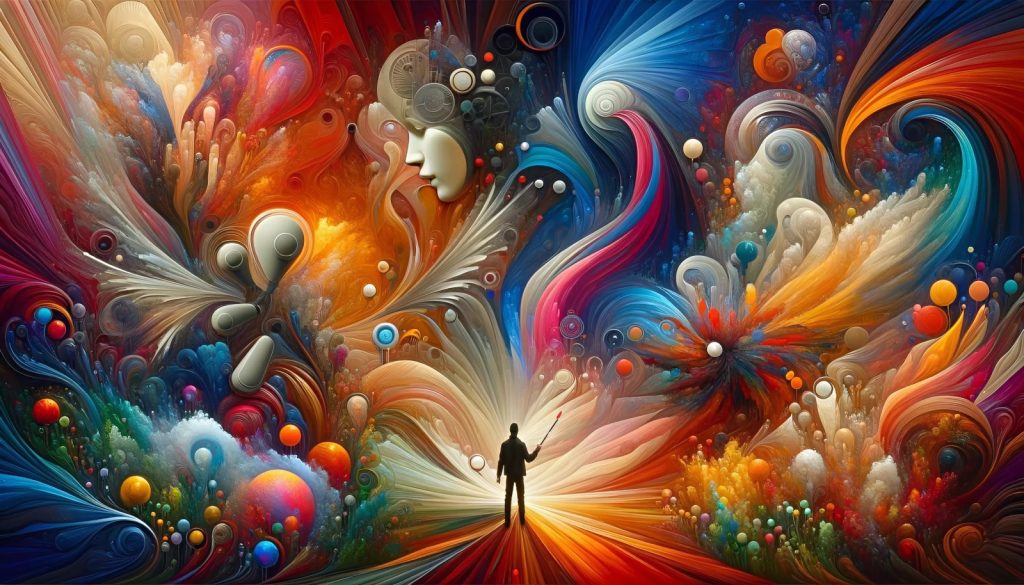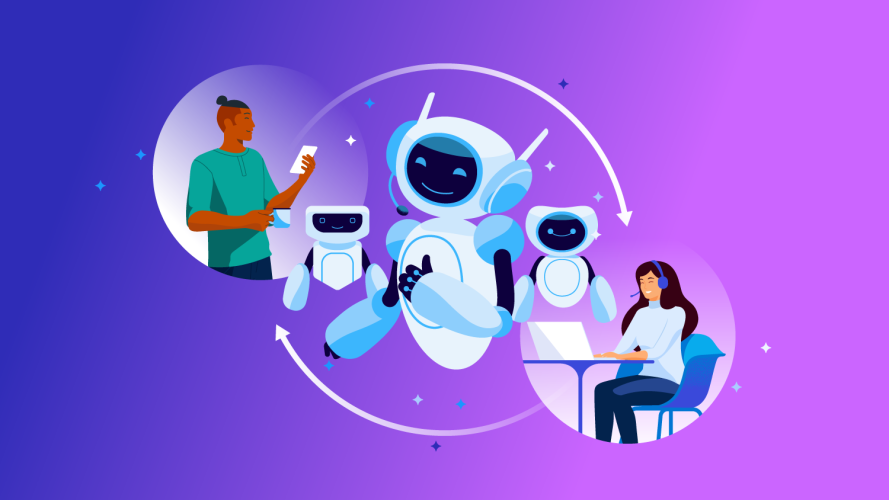“Reviving the Art of Storytelling: How AI is Crafting Narrative Masterpieces”
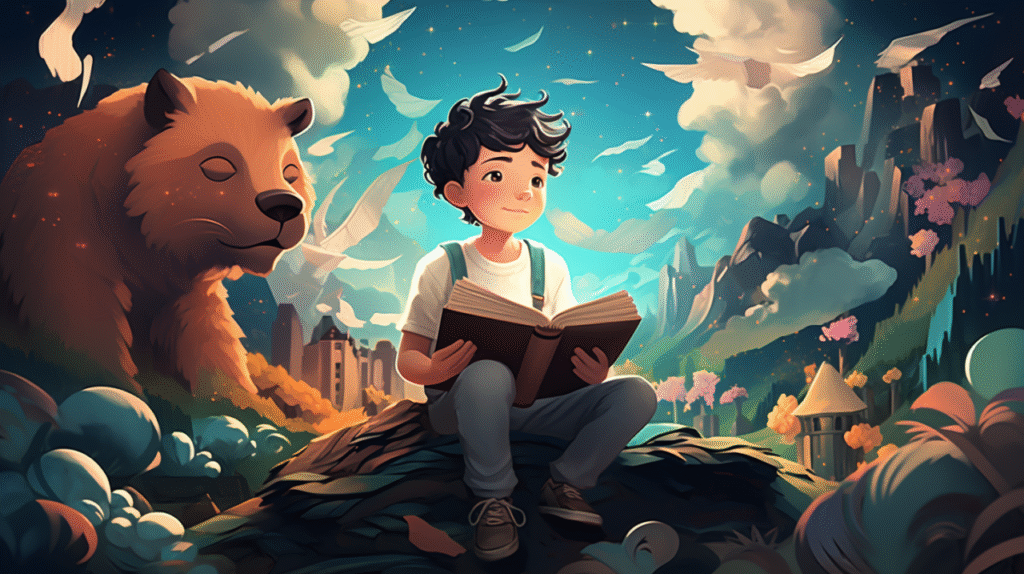

Reviving the Art of Storytelling: How AI is Crafting Narrative Masterpieces
In a world where technology is reshaping every facet of human life, the age-old art of storytelling is undergoing a revolutionary transformation. Artificial intelligence (AI), once a tool of science fiction, is now an integral part of our storytelling arsenal. This digital marvel is crafting narrative masterpieces, breathing new life into tales that captivate our imagination and transcend the boundaries of human capability.
The Evolution of Storytelling
For centuries, storytelling has been a cornerstone of human culture. From ancient oral traditions around campfires to the written word in the pages of books, stories have been our vehicle for sharing knowledge, emotion, and experiences. As we transitioned into the digital age, the narrative form has evolved to accommodate new media—films, video games, and immersive virtual experiences. Yet, the essence of storytelling remains unchanged: to connect deeply with humanity.
AI as a Co-Author
In recent years, AI has emerged as a novel co-author in the realm of storytelling. Leveraging advanced algorithms and machine learning, AI can analyze vast amounts of data, identifying patterns and trends that are often invisible to the human eye. Through natural language processing (NLP), AI can generate creative content with coherence and flair, allowing writers to craft narratives that are both innovative and compelling.
A remarkable example of AI-driven storytelling is the automated content creation tool, GPT-3 (Generative Pre-trained Transformer 3), developed by OpenAI. This AI model can generate human-like text, enabling writers to create detailed narratives, dialogues, and even plot twists with minimal intervention. GPT-3’s prowess lies in its ability to create content that is contextually relevant and emotionally resonant, making it a valuable resource for modern storytellers.
The Blend of Human Creativity and Machine Precision
The fusion of human creativity with the precision of AI offers intriguing possibilities for storytelling. While AI can handle the grunt work of processing and organizing data, the human element introduces intuition, empathy, and emotion into the narrative tapestry. This collaboration results in stories that are not only well-constructed but also rich in depth and meaning.
For instance, in crafting a historical fiction narrative, AI can rapidly collate and analyze historical data, understanding the nuances of the era being portrayed. Meanwhile, the writer can focus on developing complex characters and intricate story arcs. This blend ensures accuracy and authenticity without sacrificing creativity and artistic expression.
Creating Personalized Story Experiences
AI’s capabilities extend beyond traditional narratives, offering a highly personalized storytelling experience. By analyzing user data, AI can tailor stories to suit individual preferences, interests, and sensibilities. This personalization elevates user engagement, as readers encounter scenarios and themes that resonate profoundly with their distinct tastes.
One captivating application of personalized storytelling is in interactive video games, where AI adapts the storyline based on player choices. This dynamic narrative approach provides an immersive experience, keeping players at the center of a story that evolves uniquely according to their actions, thus crafting a personal masterpiece with each playthrough.
AI-Generated Art and Storytelling
The marriage of AI and storytelling extends beyond text to include visual art. AI-generated imagery and animations can complement written narratives, enhancing the overall storytelling experience. Through machine learning algorithms, AI can analyze artistic styles and create visual components that are aesthetically synchronized with the narrative’s tone and ambiance.
An example of this synergy is in the creation of graphic novels. AI can develop illustrations that capture the mood and spirit of the story while maintaining artistic consistency. This integration of AI-generated art allows for a seamless blend of text and visuals, enriching the reader’s experience and pushing the boundaries of conventional storytelling.
Ethical Considerations in AI Storytelling
As AI takes on a more prominent role in storytelling, ethical considerations come to the fore. Issues such as copyright, bias, and authenticity need to be addressed to ensure that AI-generated narratives uphold the integrity of creative expression. It’s crucial that AI tools are transparent, and writers maintain ownership of their work, distinguishing between AI-assisted and human-authored elements.
Furthermore, AI models must be trained on diverse datasets to avoid perpetuating stereotypes or biases. By curating inclusive and varied data inputs, storytellers can ensure their narratives represent diverse perspectives and voices.
Conclusion: The Future of Storytelling with AI
As AI continues to evolve, its role in storytelling will only expand, bringing innovative and immersive experiences to audiences worldwide. This symbiotic relationship between human creators and AI enhances the storytelling process, offering fresh perspectives and endless possibilities. By combining human ingenuity with machine efficiency, we are witnessing the birth of narrative masterpieces that push the boundaries of creativity and redefine the art of storytelling for future generations.
Whether in novels, films, or interactive media, the impact of AI in storytelling is just beginning to unfold. Embracing this technological advancement promises a future where stories continue to inspire, entertain, and connect us in ways previously imagined only in the realm of fiction. As we stand on the cusp of this new storytelling frontier, one thing is certain: the art of storytelling is very much alive, and with AI, it is poised to achieve unprecedented heights.


